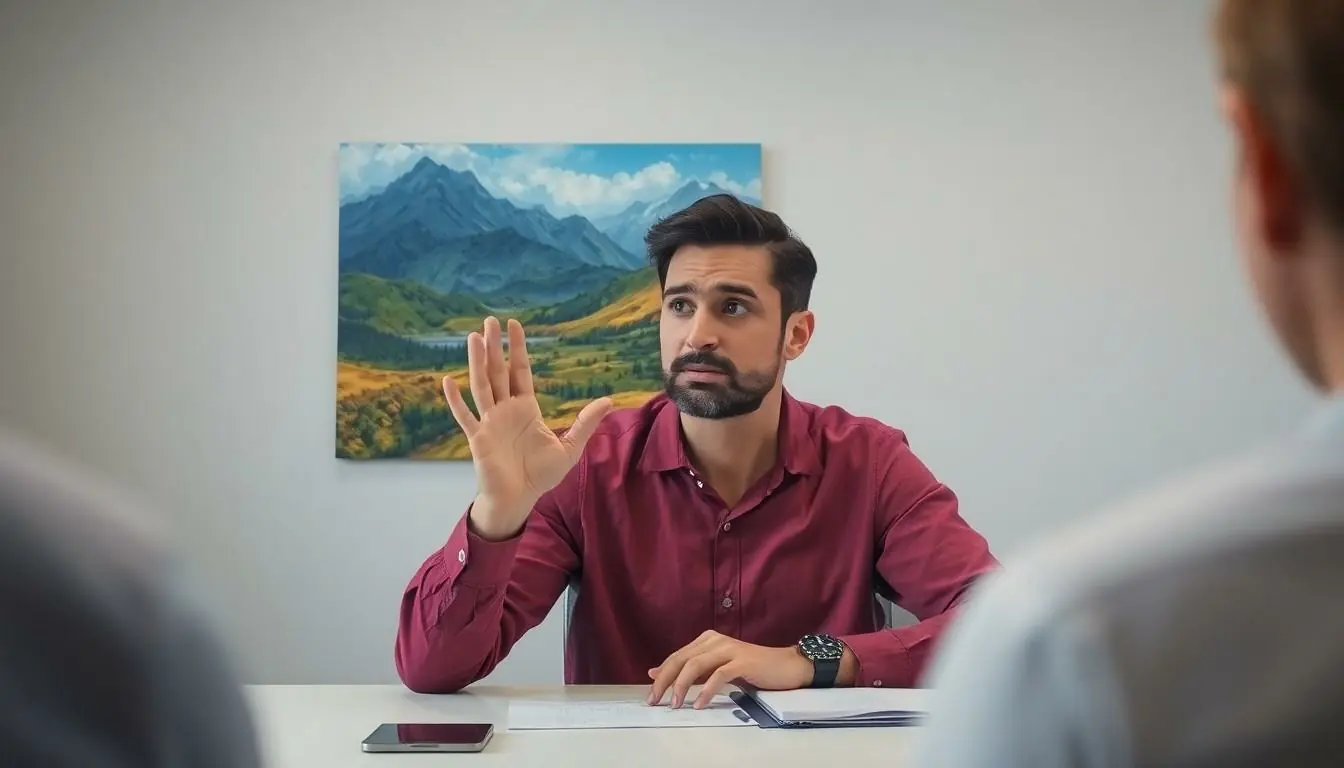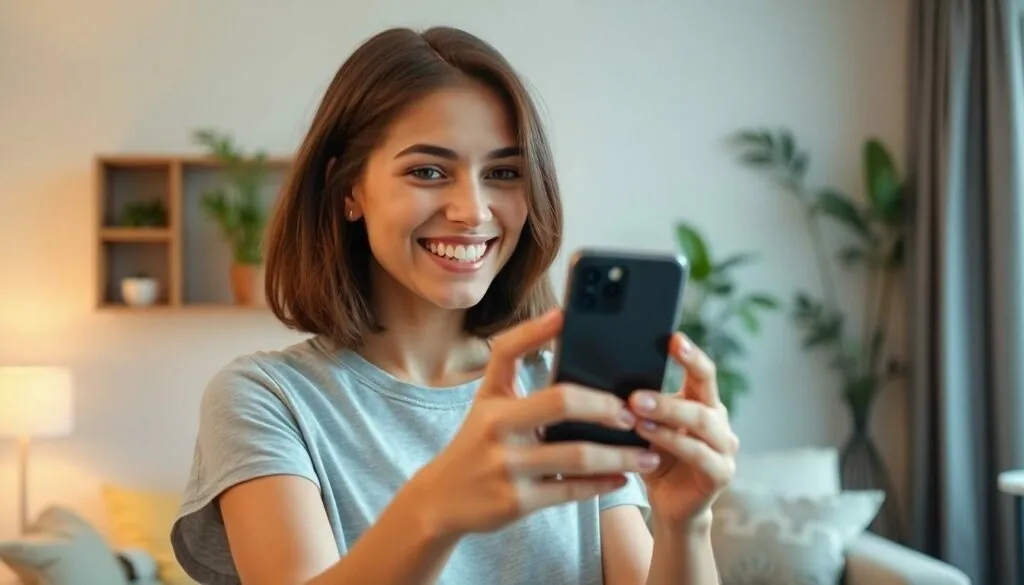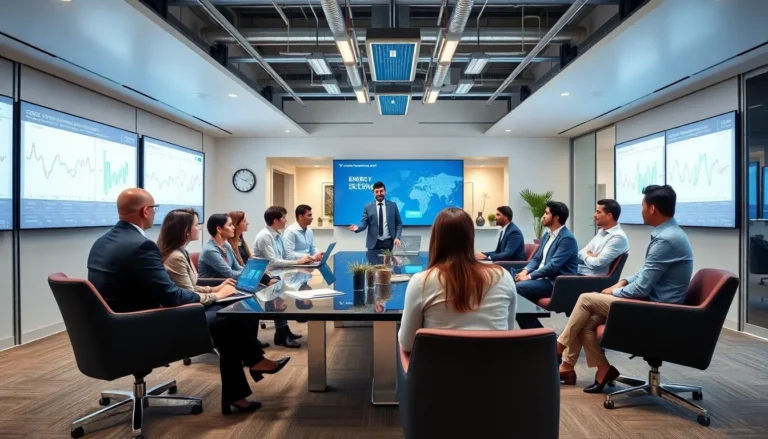Table of Contents
ToggleIn a world where emojis just can’t capture the essence of that perfect sunset or your cat’s latest shenanigans, sending pictures has become a must. But how does one share those precious snapshots using ChatGPT? Fear not, because it’s simpler than you might think!
Overview of ChatGPT Capabilities
ChatGPT provides diverse capabilities that enhance communication. Text-based interactions enable users to engage in conversations, ask questions, and receive informative responses. With proficiency in various topics, ChatGPT delivers concise explanations and readily accommodates different user needs.
Understanding limitations is essential. Currently, this model does not support direct image sharing. Users seeking to convey specific emotions or detailed experiences through images must rely on alternative methods. Describing visual elements through text becomes a practical solution for sharing imagery.
Clarity in communication is a strength of ChatGPT. It allows users to articulate their thoughts precisely. Offering emotional context through well-crafted descriptions enhances the user experience. Users can paint vivid pictures with words, making interactions more engaging and relatable.
Utilizing advanced language processing capabilities, ChatGPT can generate creative content. This includes storytelling, brainstorming ideas, and creating conversational scripts. By leveraging its understanding of language, it aids users in articulating the significance of shared images, even when those images cannot be transmitted directly.
Security and privacy concerns are paramount. The system prioritizes user confidentiality, ensuring that interactions remain safe. Users can engage without fear of data misuse, making ChatGPT a reliable tool for everyday communication needs.
With ongoing development, refinements continuously enhance its functionality. Users can expect future updates that may broaden sharing capabilities, including potential image integration solutions. Embracing these advancements can further enrich communication experiences.
How to Send Pictures on ChatGPT

Currently, ChatGPT doesn’t support direct image sharing. Users can convey images by describing them in detail through text. This method effectively captures emotions and captures scenarios that images would depict.
Step-by-Step Guide
- Identify the image: Determine which picture or scene to describe.
- Describe the visual: Use vivid language to detail colors, shapes, and emotions. Focus on key elements that stand out.
- Share context: Include relevant backstory or significance about the image that enhances understanding.
- Engage with the audience: Pose questions or invite responses to encourage interaction.
Engagement increases when descriptions are clear and relatable.
Common Issues and Solutions
Describing images may pose challenges. Clarity in language is crucial. Avoid using vague terms; instead, be specific about elements like colors, textures, and actions.
Another common issue arises from misinterpretation. To mitigate this, consider the audience and tailor the description to their experiences. Feedback through follow-up questions can also clarify any confusion.
Emphasizing these details ensures effective communication while using ChatGPT.
Alternative Methods for Sharing Images
Though ChatGPT lacks direct image-sharing features, users can employ alternative methods to convey visuals effectively.
Using Links and External Sources
Using links allows easy sharing of images hosted on other platforms. Users can upload pictures to cloud services such as Google Drive or Dropbox, generating a shareable link. Paste this link in the chat to direct the recipient to the image.
Furthermore, social media platforms enable users to upload images and obtain links. Posting images on sites like Instagram or Twitter provides quick access via shareable URLs. It’s also beneficial to accompany links with descriptions, ensuring recipients know what to expect.
Incorporating these strategies enhances communication, enabling users to express thoughts and emotions linked to their images accurately.
Tips for Enhancing Communication
Descriptive language plays a crucial role in conveying the essence of images. Using vivid adjectives brings scenes to life. For instance, describing a sunset as “a cascade of orange and pink hues stretching across the horizon” evokes stronger imagery than merely stating that it’s beautiful.
Engagement with the audience enhances the effectiveness of communication. Asking questions, like “What emotions do you feel when you see this?” encourages interaction and reflection. This approach invites readers to share their thoughts, creating a more dynamic exchange.
Context shapes understanding. Providing background information, such as the location of an event or the significance of a moment, enriches the conversation. The audience grasps the importance of the visual elements more clearly when they have context.
Clarity of expression cannot be overstated. Simple, concise statements avoid confusion and misinterpretation. Instead of using complex sentences, break ideas into digestible parts for easier comprehension.
Repetition of key themes emphasizes important points. If discussing emotions, consistently relating back to feelings strengthens the narrative. This keeps the audience focused on central ideas, ensuring they resonate throughout the conversation.
Utilizing links can provide additional context or visual support. Sharing images through platforms like Google Drive or Dropbox allows users to access visuals directly, enhancing the discussion. Coupling these with concrete descriptions solidifies the connection between images and text.
Testing communication methods offers a way to improve. Experimenting with different styles and formats can reveal what resonates best with the audience. This feedback loop facilitates ongoing improvement in conveying visual ideas effectively.
Sharing pictures can elevate communication by adding depth and emotion that words alone often miss. While ChatGPT doesn’t currently support direct image sharing, users can still convey visuals effectively through detailed descriptions. By using vivid language and context, they can create a mental image for their audience.
Engaging with recipients through questions and providing links to external sources can further enhance the experience. As technology evolves, the potential for integrating image sharing into platforms like ChatGPT may become a reality. Until then, embracing these descriptive techniques will allow users to communicate their visual experiences with clarity and creativity.




